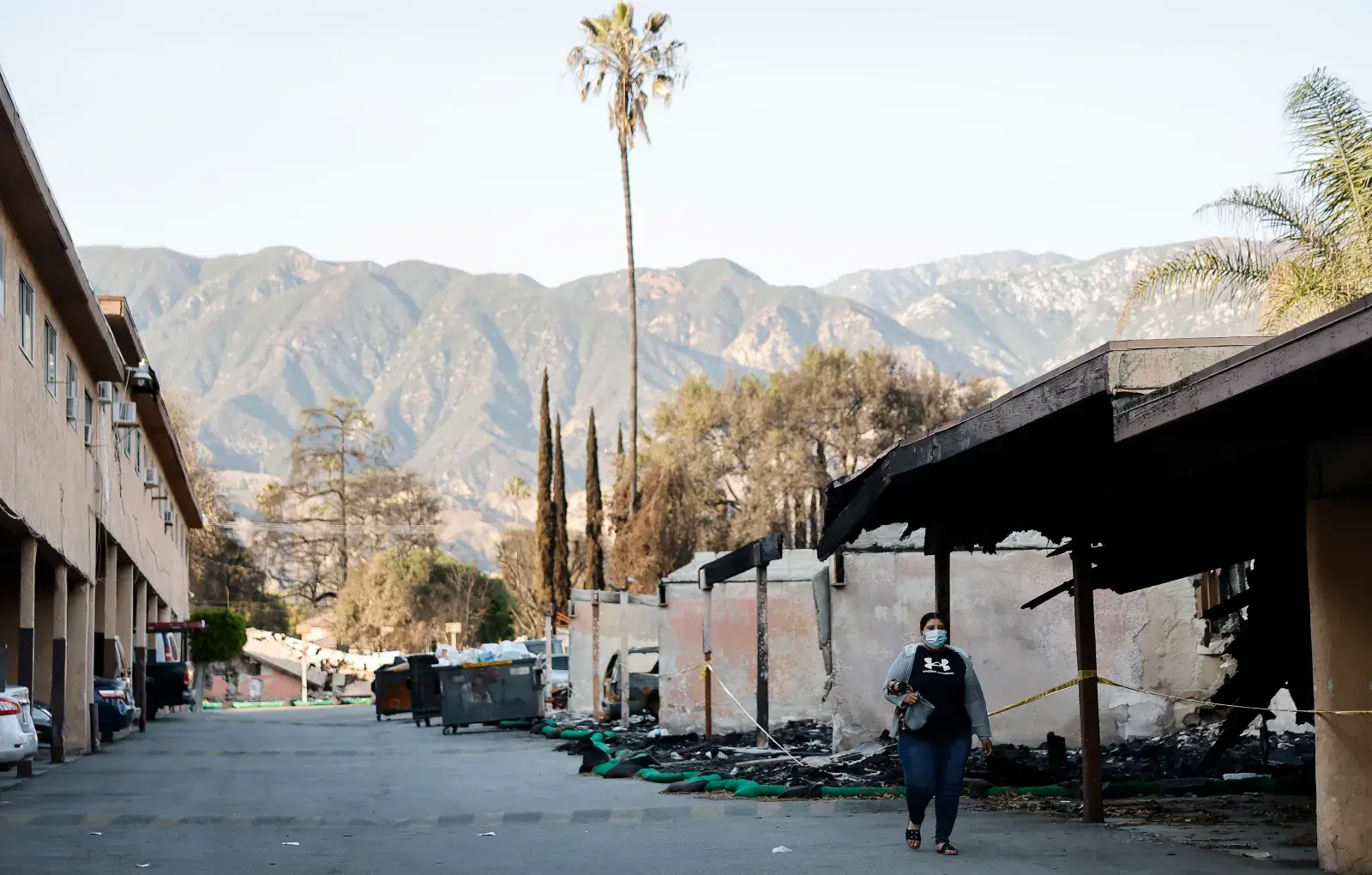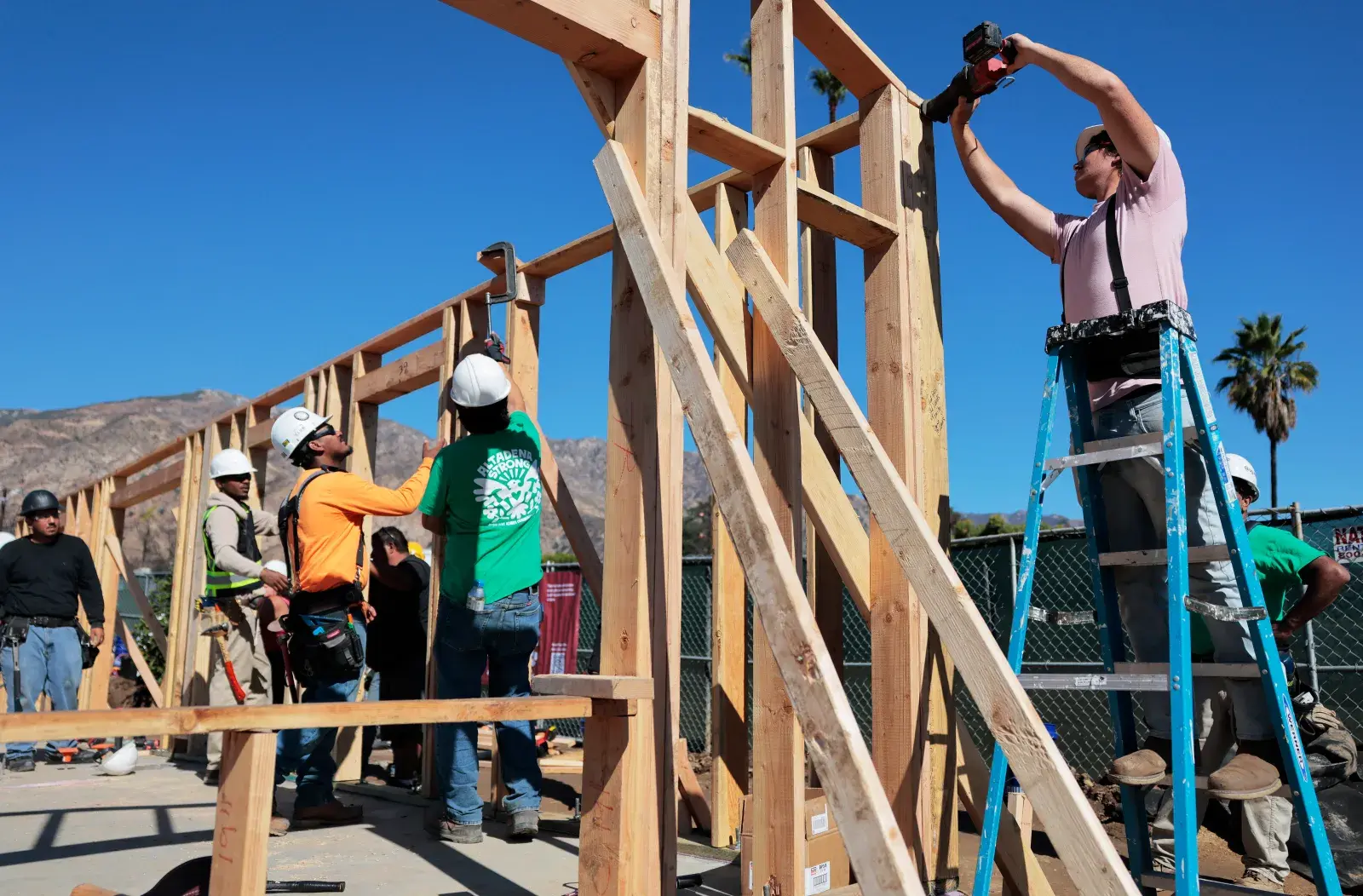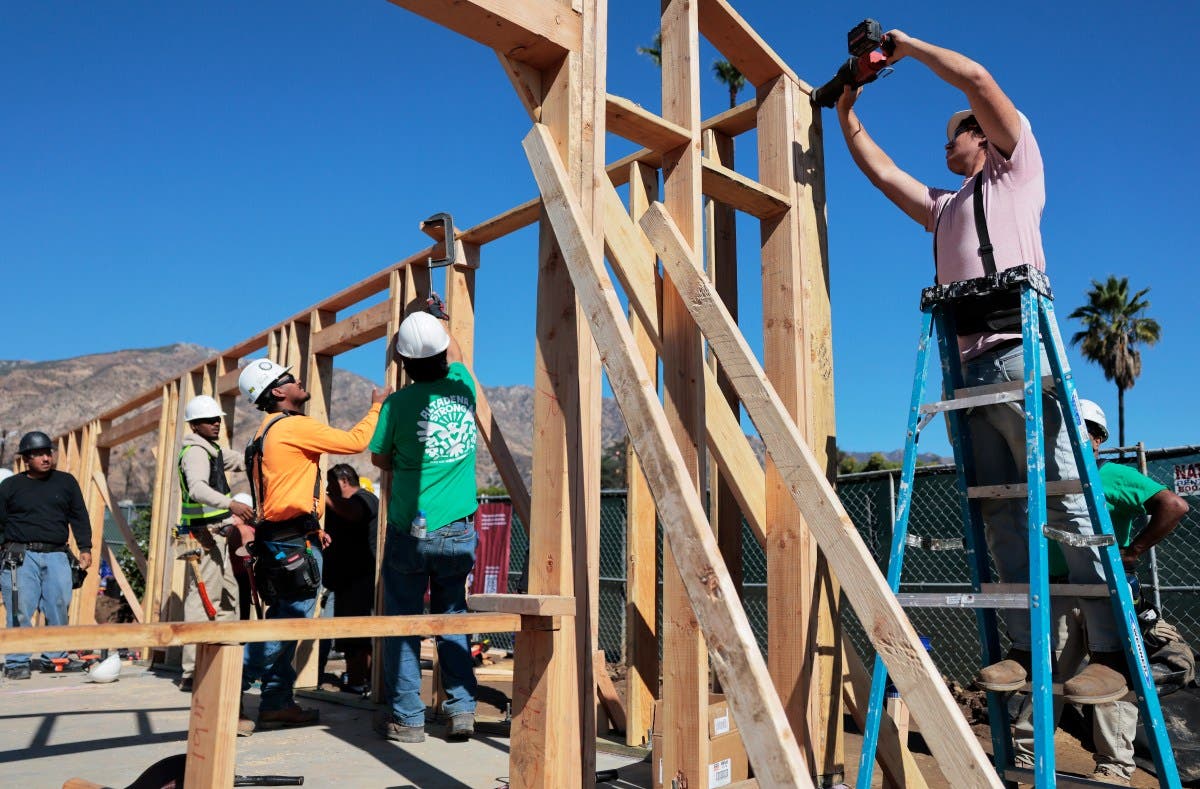A new legislative package signed into law by California Governor Gavin Newsom will attempt to stabilize the state’s shaky wildfire insurance market and help homeowners who have lost everything in a blaze—as thousands in Los Angeles County did back in January.
Among the bills recently approved, there is one creating a grant, under the California Safe Homes program, which would help individual homeowners, cities, counties, and special districts shoulder the hefty costs of mitigating fire-risk in properties across the state. These improvements—which include the removal of vegetation that could easily burn in a wildfire—are among the most effective actions that Californians can take to protect their homes, but they are often a bigger expense than they can afford.
Mounting Pressure on California’s Insurance Market
The cost of fire insurance has risen in California in recent years, as climate change is making wildfires more frequent, more unpredictable, and more severe, leading carriers to pay out increasingly higher damage claims. Private insurers facing climbing costs have either tried to raise premiums—State Farm, for example, sought an emergency 22 percent average rate hike in February after the Los Angeles fires—or cut coverage in the most at-risk areas.
As a result, California homeowners are either accepting having to pay higher insurance premiums at a time when other housing costs are also rising and adding to their financial burden, or facing a lack of options on the market. Many in recent years have had to rely on California’s fire insurer of last resort, the FAIR Plan, to insure their homes, even though their policies often offer less coverage than private carriers.
Over the nine months ending June alone, the FAIR Plan reported that its total exposure had climbed 42 percent to $650 billion, while its policy count had jumped 31 percent to 610,179.
This is not an ideal situation for California homeowners, who are facing higher rates, long delays before receiving claim payments, and canceled coverage. Regulators have tried to intervene to stabilize the market and keep private carriers from cutting coverage or leaving the state, and the new package is an attempt to shore up the market before another major natural disaster.
 State’s Solution to the Deepening Crisis
State’s Solution to the Deepening Crisis
Newsom signed a series of bipartisan bills this month addressing the ongoing insurance crisis in the state, saying it would improve the FAIR Plan and help fire survivors recover from future catastrophes.
Among the legislation recently signed by the governor are Assembly Bill 1, Assembly Bill 226, Assembly Bill 234, Assembly Bill 290, Assembly Bill 888, Senate Bill 495 and Senate Bill 525.
Assembly Bill 888 establishes a grant program aimed at helping low- and middle-income homeowners in high-fire-risk areas to pay for the removal of flammable vegetation and implement other mitigating measures—like installing fire-resistant materials—within 5 feet of their homes. This is known as “Zone Zero,” an area that is of fundamental importance during wildfires.
These are improvements that, while significantly helping protect a property from wildfires, can cost homeowners tens of thousands of dollars. Under the bill, it would be up to state lawmakers to determine how much grant money to give each homeowner. Cities and counties would also be able to apply for the grants to mitigate risk in their communities.
Eligible homeowners must have a property covered by an admitted insurer or the California FAIR Plan Association; the home must be in a ZIP code that overlaps with a high- or very-high-fire hazard severity zone, as shown on current maps published by the Department of Forestry and Fire Protection; and their income must be no higher than the low-income limit for the county in which they reside, as designated by the Department of Housing and Community Development.
For a city, county, or special district to be eligible, these must demonstrate the alignment of the use of grant funds to enhance and expand the priorities stated in subdivision and the criteria set by the bill for tracking performance.

Assembly Bill 226 makes sure that the FAIR Plan, which is not state-backed like Florida’s insurer of last resort, Citizens, but is privately managed, does not run out of money after a major disaster. The bill, which was backed by both Democrats and Republicans in the state, allows the FAIR Plan to request state-backed bonds and open lines of credit, giving it more flexibility in raising money in exchange for, hopefully, fewer premium hikes in the future.
Senate Bill 429 would help homeowners in the state understand the level of risk their properties are exposed to, creating the nation’s first publicly available wildfire loss data source.
Another important new law is Senate Bill 495, which requires insurers to pay out at least 60 percent of an owner’s personal property coverage limit—up to $350,000—even before receiving a list of all destroyed household items. Before, insurers had to repay only 30 percent of coverage up to $250,000.
Democratic State Senator Ben Allen, who sponsored the bill, and California Insurance Commissioner Ricardo Lara initially pushed for insurers to be obliged to pay out 100 percent of an owner’s personal property coverage limit, but the bill was amended after pushback from the industry. The bill will come into force next year.
What People Are Saying
California Governor Gavin Newsom said in a press release: “The kinds of climate-fueled firestorms like we saw in January will only continue to worsen over time. That’s why we’re taking action now to continue strengthening California’s insurance market to be more resilient in the face of the climate crisis.”
California Insurance Commissioner Ricardo Lara said in a press release: “These crucial reforms to the FAIR Plan mark a significant step forward in protecting consumers, stabilizing the market, and enhancing transparency. As we implement the largest regulatory changes in our market, the insurance company-run FAIR Plan must meet the challenge of addressing our insurance crisis.
“As we tackle availability concerns and ensure that insurance companies provide consumers with policies in the traditional market as mandated by my new regulations, the FAIR Plan must offer essential support to its customers.”
Democratic State Senator Ben Allen said in a statement: “The recent LA Fires exposed difficult inefficiencies in our insurance system that unnecessarily delay the urgently needed financial support survivors are justly due.”
What Happens Next
Thousands of homeowners whose homes were damaged or destroyed by the January wildfires are still in the long process of recovering. According to a new survey by the Department of Angels, a fire recovery program launched after the blazes, roughly 75 percent of Pacific Palisades residents and 67 percent of Altadena residents are in temporary housing.
Many continue clashing against the FAIR Plan refusal to recognize smoke damage in their homes, despite the identification of toxic substances in them, and even after a Los Angeles County Superior Court judge ruled that its smoke-damage policy is illegal.

